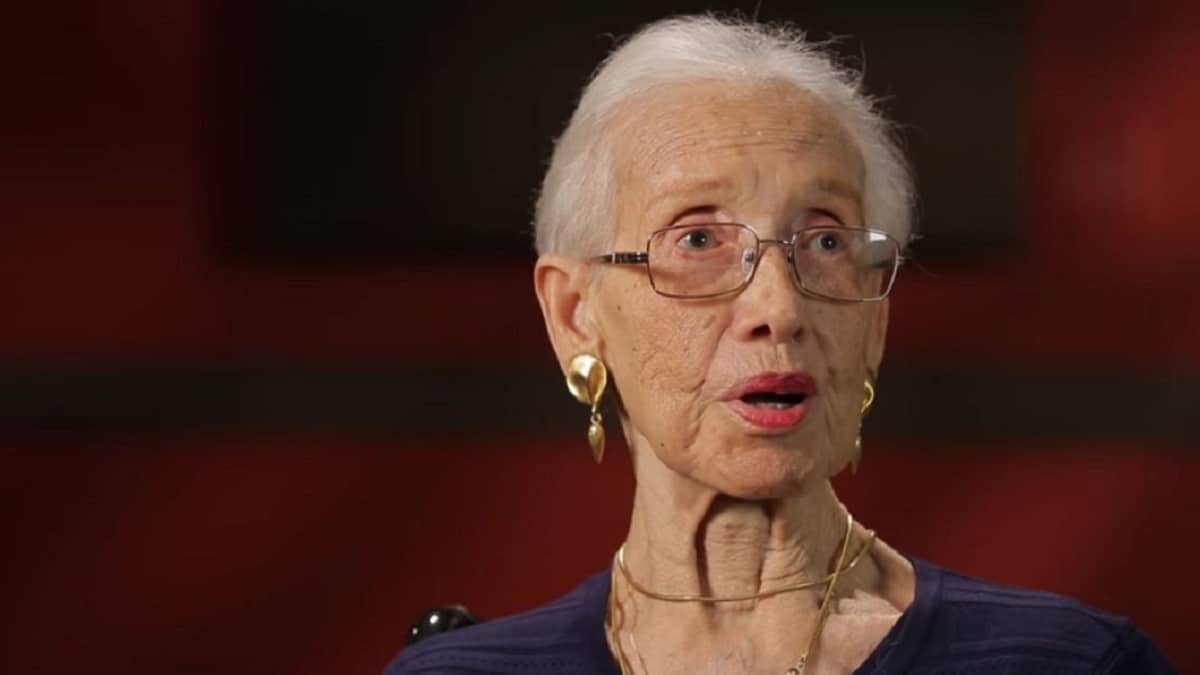
Katherine Johnson, a pioneering NASA mathematician, died on Monday at the age of 101. Johnson, along with other black women, made important contributions to NASA’s space projects in the 1960s. Their work contributed to the success of NASA’s space race against the old Soviet Union.
NASA confirmed Johnson’s death on Monday.
Johnson was a member of a team of mathematicians hired by NASA and its predecessor, the National Advisory Committee for Aeronautics (NACA), to manually do computations required to plot the trajectory of spacecraft.
Johnson was one of the mathematicians who worked quietly behind the scenes on NASA’s space projects. Their work was largely unknown to the public until the release of the movie Hidden Figures in 2016.
Hidden Figures followed the lives and careers of these women, including Johnson, during the era of racial segregation.
We're saddened by the passing of celebrated #HiddenFigures mathematician Katherine Johnson. Today, we celebrate her 101 years of life and honor her legacy of excellence that broke down racial and social barriers: https://t.co/Tl3tsHAfYB pic.twitter.com/dGiGmEVvAW
— NASA (@NASA) February 24, 2020
“Hidden Figures” reminds us that Computers & Calculators were smart women who knew math. In the early US Space Program, that math was orbital mechanics, led by Katherine Johnson 1918-2020. May the number of those inspired by her story be computationally incalculable. Godspeed. pic.twitter.com/BuMRxOHyQD
— Neil deGrasse Tyson (@neiltyson) February 24, 2020
RIP Katherine Johnson. Thanks for being a pioneer and hero. Rest well❤️ https://t.co/01snmzdxO7
— Viola Davis (@violadavis) February 24, 2020
RIP Katherine Johnson, thank you for blessing NASA and the world with your gifts and making Virginia proud. pic.twitter.com/h7w7OrbuOE
— Pharrell Williams (@Pharrell) February 24, 2020
Who was Katherine Johnson?
Katherine Johnson was born in White Sulphur Springs in Greenbrier County, West Virginia, in August 1918. Her parents were Joshua Coleman, a farmer and lumberman, and Joylette, a teacher.
She was the youngest of four siblings, including a sister and two brothers.
Katherine Johnson received her early education in Greenbrier County, but because the county did not offer high school education to African Americans, she was forced to move to Institute, West Virginia where she attended high school.
She attended West Virginia State College, where she obtained a B.S. (summa cum laude) in 1937 in Mathematics and French.
Johnson started working as a teacher but following an executive order prohibiting racial discrimination in the defense industry, NACA hired her in 1953 to work on technical projects for the agency.
Katherine Johnson’s contributions to space flights
Johnson started working for NACA’s aeronautical lab in 1953 as a member of a team of mathematicians that included other black researchers.
Due to the policy of segregation, she and her black colleagues worked in the segregated wing of NACA’s facility. She later got a transfer to the Flight Research Division, where she worked for many years on top national spaceflight projects.
Her work covered calculating launch windows, trajectories, and return paths for spaceflights. She contributed to successful historic flights, such as Alan Shepard’s 1961 space flight and John Glenn’s space flight in 1962.
Shepard was the first American in space in 1961, while John Glenn was the first American to orbit the Earth in 1962.
Johnson was also involved in the calculation of rendezvous paths for the lunar and command modules in the Apollo flights. She was also involved in the Space Shuttle programs.
In September 1960, she co-authored a paper, titled Determination of Azimuth Angle at Burnout for Placing a Satellite Over a Selected Earth Position. The paper represented a significant contribution to the determination of orbital trajectories in space, and through the paper, she became the first woman to receive credit for her contribution to a report at the Flight Research Division, according to CNN.
The astronaut John Glenn asked for her help before his orbital flight in 1962. He reportedly had doubts about the accuracy of the calculations of his orbital trajectory by the agency’s computers and asked Johnson to do her own calculations for comparison.
Johnson recalled Glenn saying that he would be ready to go if Johnson would confirm the accuracy of the computer calculations. Johnson reportedly checked the calculations and said they were OK before Glenn left for his successful flight.
She retired from NASA in 1986 and her work remained largely unacknowledged until the publication of Margot Lee Shetterly’s book Hidden Figures in 2016 and the release of the movie based on the book the same year.
In November 2019, Katherine and three other black women, Dorothy Vaughan, Mary Jackson, and Christine Darden, received Congressional Gold Medals for their work. Johnson had earlier received a Presidential Medal of Freedom.